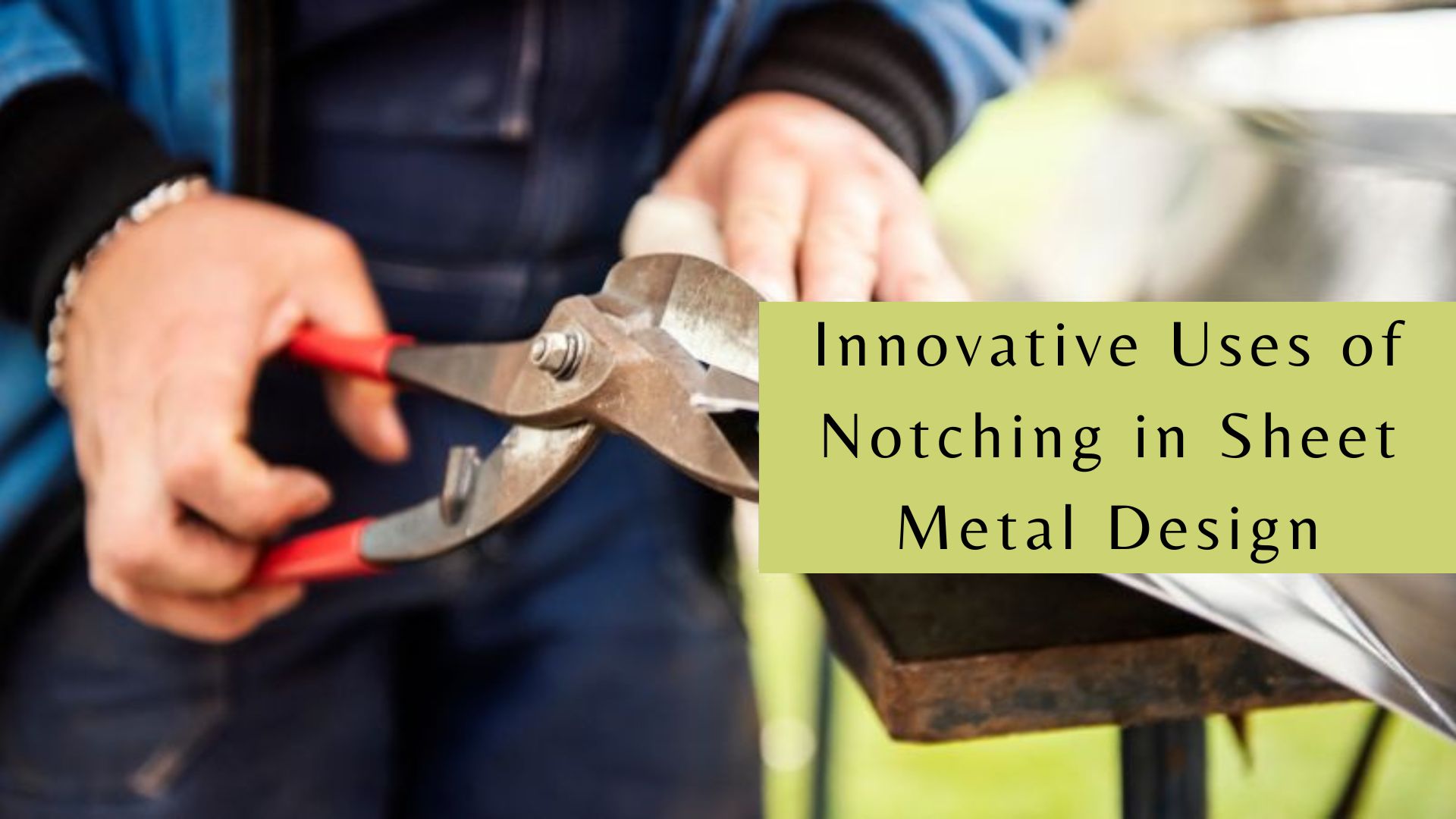

Metal notching is often viewed as “just another” metal-cutting activity that may not seem very important. However, if you are in the metal industry, you will agree that it is a crucial process. Even if you are not, this blog will make you look differently at all the metal works and realize that metal notching is indeed a vital process that has changed modern metal design and how components are created.
The art of removing the metal from metal edges to give it a perfect finish is called metal notching.
In this blog, you will learn more about notching operations on metal sheets, the different tools and techniques employed, and their applications.
The different types of notching tools and techniques are discussed here:
Hydraulic metal notchers are powerful machines that are used to cut sheet metal effectively. The precision is high, and they slice through any metal, regardless of thickness.
These machines are designed to carve metal hole punches for both small and large-scale operations.
CNC stands for Computer Numeric Control. A pattern is fed to the machine, which moves intricately to cut through the sheet metal and carve the metal out. The best thing about these machines is that they are quick and consistent, thus creating consistent designs even for a million sheets.
Before these machines were developed, manual metal notchers were used to carve the metal. These handheld devices required a great deal of skill to ensure that all designs were consistent. Manual notchers are used in certain types of operations, especially in artistic pursuits.
Undoubtedly, manual notching requires more skills and time than automated machines. Also, there is always a risk of deviating from the design.
Notching requires high precision and accuracy; even the slightest deviation is unacceptable, especially in industrial settings.
On the other hand, automated machines are faster, quicker, and consistent with designs. Thus, automated machines like CNC machines and hydraulics are more popular than manual ones.
Based on modern metal notching methods, the machines are divided into two types- mechanical and laser cutting.
Mechanical machines include hydraulic and manual machines, which use a physical force to deform the metal.
Laser-cutting metal notching machines have a high-powered laser beam that easily cuts through the metal and offers precise cuts.
Here are some modern and innovative applications of metal notching:
Artists are leaning more towards using metal to create pieces that can withstand the test of time. These pursuits require not only intricate metal notching to give the metal a perfect edge but also metal punching and bending to form it into the desired shapes.
The use of metal in architecture isn’t new. Eiffel Tower, Willis Tower, The Gateway Arch, etc., are some of the prime examples. In modern architecture, metal is not just used in window panes and doors but enhances the aesthetic appeal of the places. The components, such as connectors and brackets, are designed using metal notching, the precision of which ensures that these elements fit together seamlessly, contributing to the structural integrity and visual harmony of architectural projects.
If you attempt to list the industries that utilize metal notching, you’ll find yourself counting for quite a while, as very few industries do not depend on this method. Be it electric enclosures, metal furniture, automotive parts, or kitchen appliances, it is used everywhere.
Here are the multiple advantages of notching operation in sheet metal:
Precision: The precision of the process allows components to fit together perfectly.
Versatility: Unlike older times, modern notching machines can notch even the thickest metals with considerable ease.
Cost-Effectiveness: The method is very cost-effective, especially in large-scale operations.
Here are the best practices for achieving perfection in metal notching:
Choose the Right Tool: Always choose the tool based on the metal you are notching, considering its hardness and thickness. It will ensure that you achieve perfect edges.
Right Setup: Ensure accurate setup and alignment of the metal sheet before notching to avoid errors.
Maintaining Equipment: Inspect and maintain the notching equipment, replacing them when necessary.
Like many other industries, metal notching is increasingly focused on automation. AI-powered machines are already operating successfully in various sectors, and when applied to metal notching, they are expected to achieve remarkable results. The productivity and efficiency of notching operations on sheet metal are anticipated to reach unprecedented levels.
Until AI-powered machines become available, the market continues to rely on hydraulic, laser, and CNC machines, which are performing well. At New Mexico Metals LLC, we believe that machines should be mirrored by skilled workers. Thus, we have not only state-of-the-art metal notching machines but also an experienced staff whose goal aligns with the organization’s—to offer the best metal notching services in Albuquerque.
For any metal-related needs, contact us!